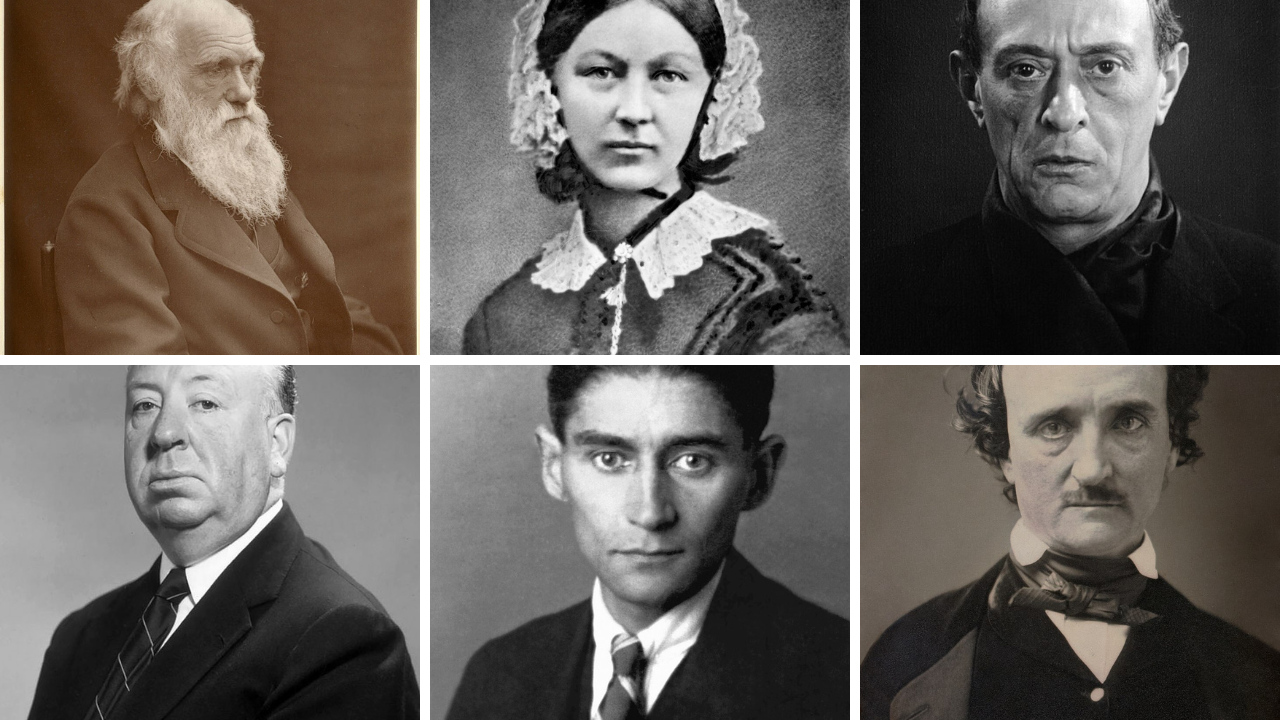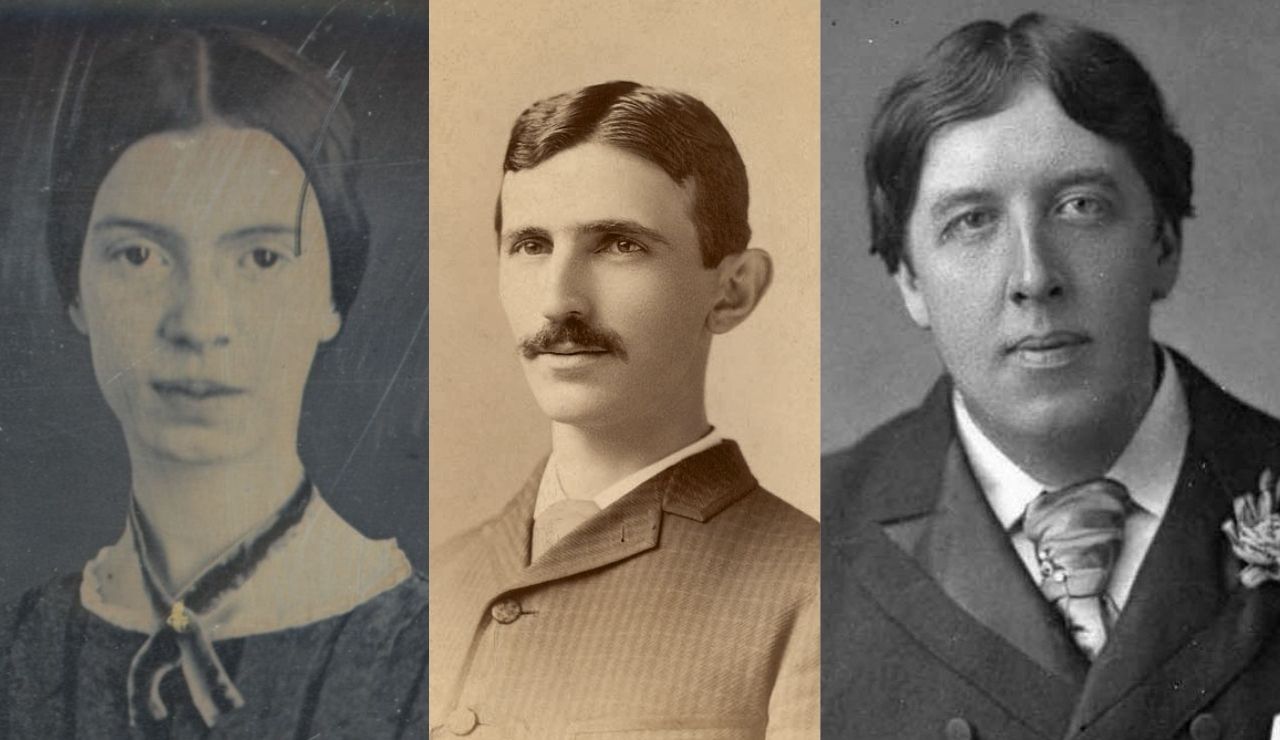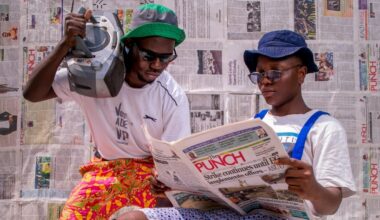Greatness does not cancel fear. Diaries, letters, and biographies keep leaving small notes about nervous systems that flinched at odd triggers. Some anxieties sound ordinary, others read like plot twists, yet each shaped routines and rooms. What this really shows is how precise fear can be. It narrows a life in one direction and sharpens it in another. The same minds that built symphonies, stories, or fortunes also managed rituals, detours, and private rules that made daily work possible.
Howard Hughes: Mysophobia
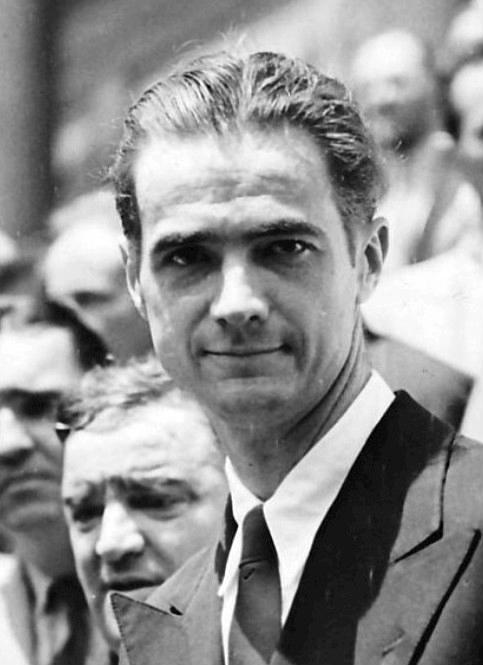
Staff reports and doctor notes sketch a life redesigned around avoidance. He washed until skin thinned, sealed notes in tissue, and mapped hotel suites like clean rooms with staged paths and coded instructions. Pens, faucets, and phones became hazards, so helpers learned choreographies that kept him calm. The fear consumed ease and relationships, yet it also explains the control centers he built around projects. Order felt safer than chance, and the system kept expanding until it defined the man.
Alfred Hitchcock: Ovophobia
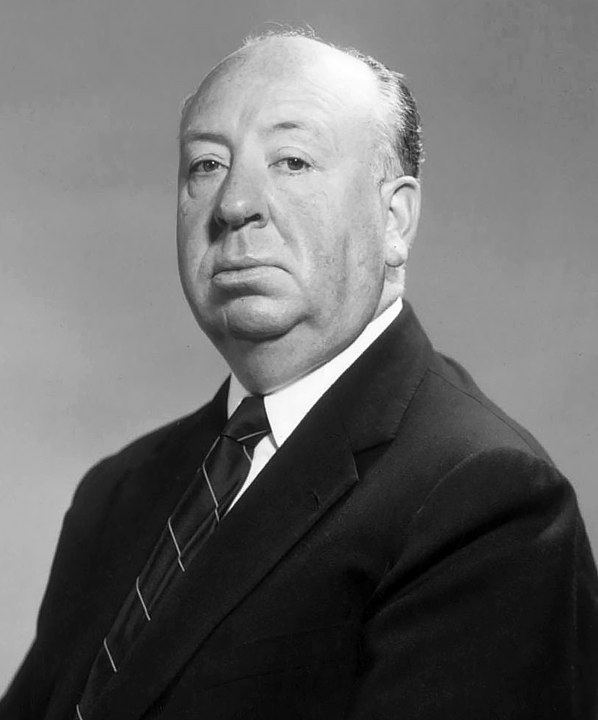
Friends and interviewers repeated the same puzzle. Eggs unsettled him more than knives on a set, a tactile revulsion that started at the smooth shell and ended with the sudden ooze. He joked around the edges but refused to handle them, which bent breakfast routines and on screen kitchen details. Prop masters adjusted, and scripts steered clear when possible. Fear often wears a comic mask. Here it quietly redirected habits and trimmed one small corner from a large life.
Hans Christian Andersen: Taphophobia
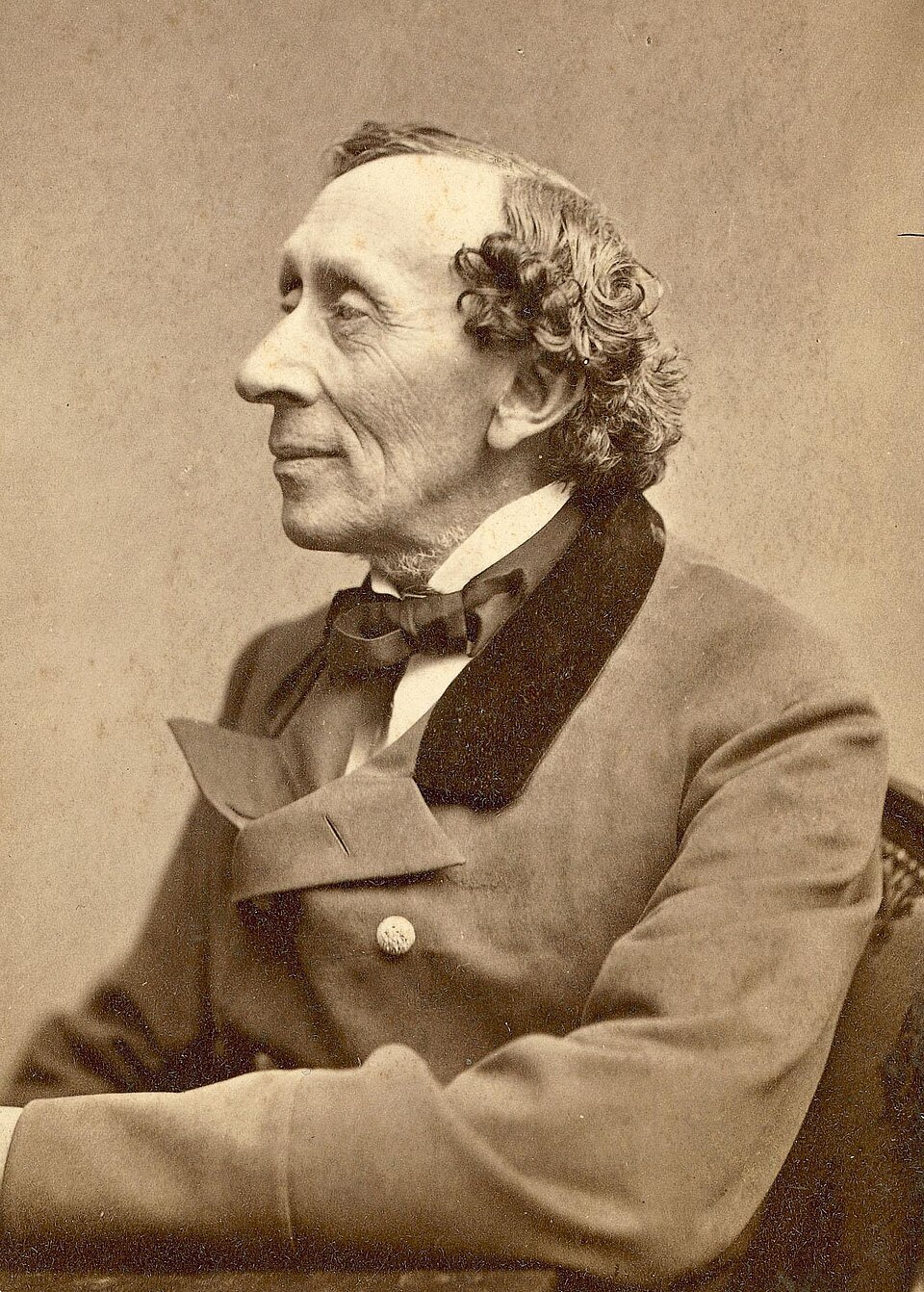
He wrote gentle marvels and carried a dread that slept beside him. Biographers describe notes placed by the bed asking not to be mistaken for dead, a plea from a century wary of errors. He traveled with letters of instruction and chose hosts who understood the ritual. The anxiety echoes in tales where sleep brushes death and wakes again, changed. Guardrails became candles, careful schedules, and trusted rooms, slim measures that granted enough calm for the work to bloom.
Nikola Tesla: Germs And Pearls
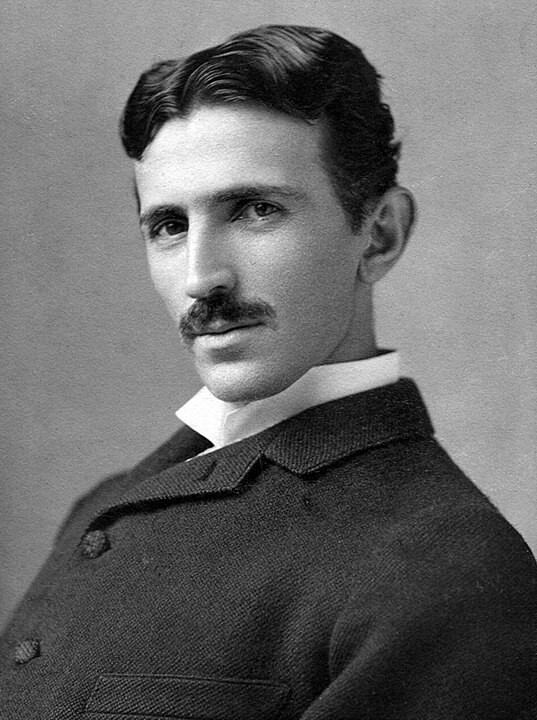
Precision lived in his lab and in his rules for daily contact. He counted steps, avoided handshakes, and rejected anything that felt unclean or chaotic. Pearls drew a hard line. He would not speak to someone wearing them, a quirk that shaped seating charts and messenger choices in hotels. Staff learned the code like a language. His science read as fearless, yet life ran on boundaries that kept sensation within limits. In that controlled space the mind stayed bright.
Emily Dickinson: Agoraphobic Tendencies
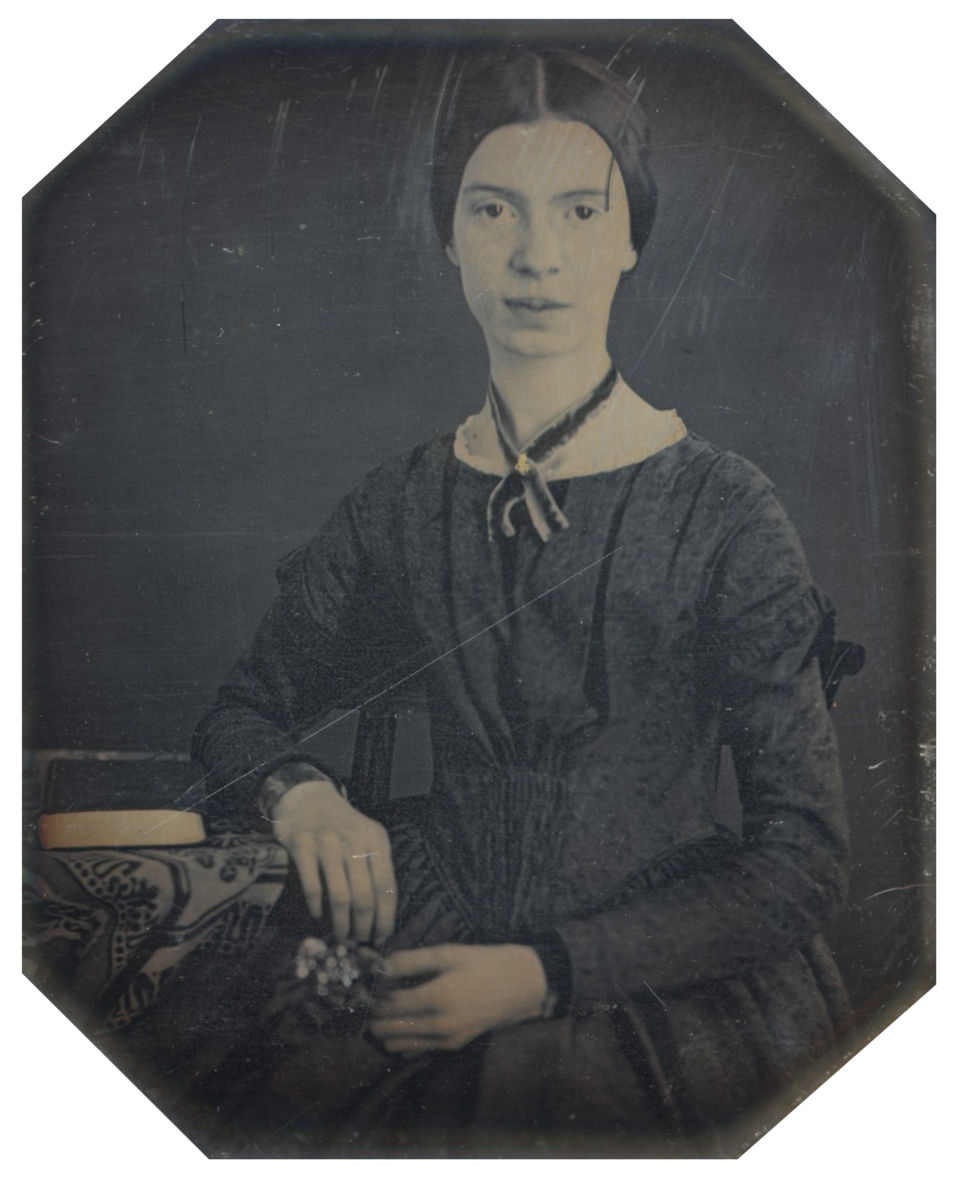
Neighbors saw curtains drawn and a preference for thresholds over parlors. Letters hint at a nervous system tuned high and easily overrun by chatter and glare. She managed distance without bitterness, tending gardens, baking gifts, and letting language blaze inside the quiet. Travel narrowed to hallways and doorways, but the studio deepened. The house became a constellation of rooms set to her tempo. Poems moved instead of the poet and carried the wide world back toward her desk.
H. P. Lovecraft: Night And Open Spaces
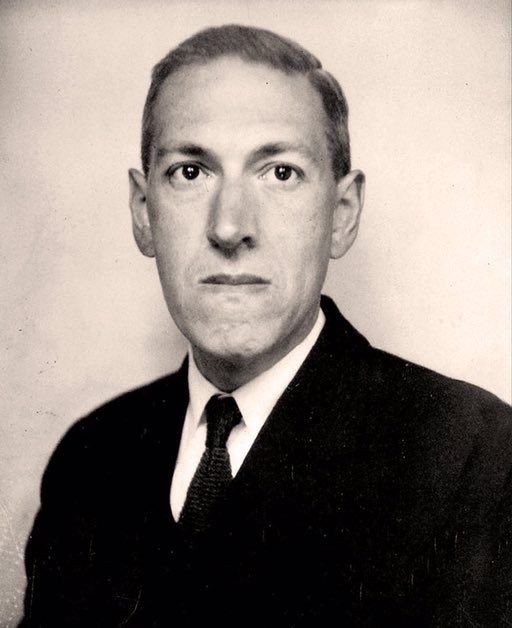
Blackouts, empty blocks, and unfamiliar streets could trip alarms. Friends noted careful routes and a wish to keep the known close after dark. The anxiety flowed straight into fiction, scaling ordinary unease into vaulted dread where alleys turned into thresholds. Managing his own pulse gave him a map for walking characters to the edge of what they could face. He learned how fear widens shadows, then used that knowledge to orchestrate them on the page with steady hands.
Arnold Schoenberg: Triskaidekaphobia
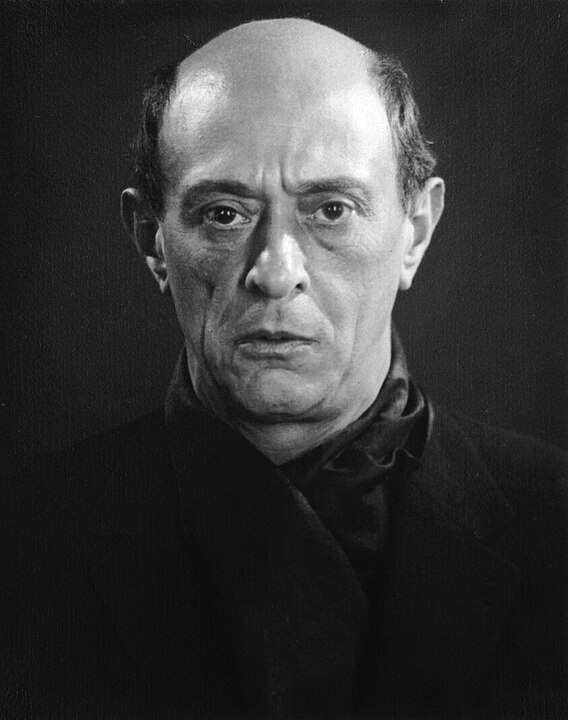
The strict architect of serial lines feared the number 13. He adjusted concert dates, page counts, and titles to dodge the tally and felt lighter when the ledger stayed clean. Anxiety did not cancel discipline. It rerouted it into grids and counters that fenced in the threat. Revisions swallowed hours as he negotiated with a digit. The odd outcome is how often structure blooms under fear. He built firm systems to outmaneuver a number that felt like a trap.
Charles Darwin: Panic In Public Spaces

Expeditions enlarged his world, yet crowds and formal appearances could light a fuse. Letters and family notes describe racing pulse, stomach distress, and a sharpened wish to step away. He engineered a life that favored hedgerows and notebooks over podiums, letting ideas expand where adrenaline calmed. Walks became method, not leisure. He tested theories outdoors, paced until breath steadied, then wrote. Discovery wanted quiet more than applause, and he protected the conditions that kept thinking clear.
Florence Nightingale: Social Exposure And Relapse Fear
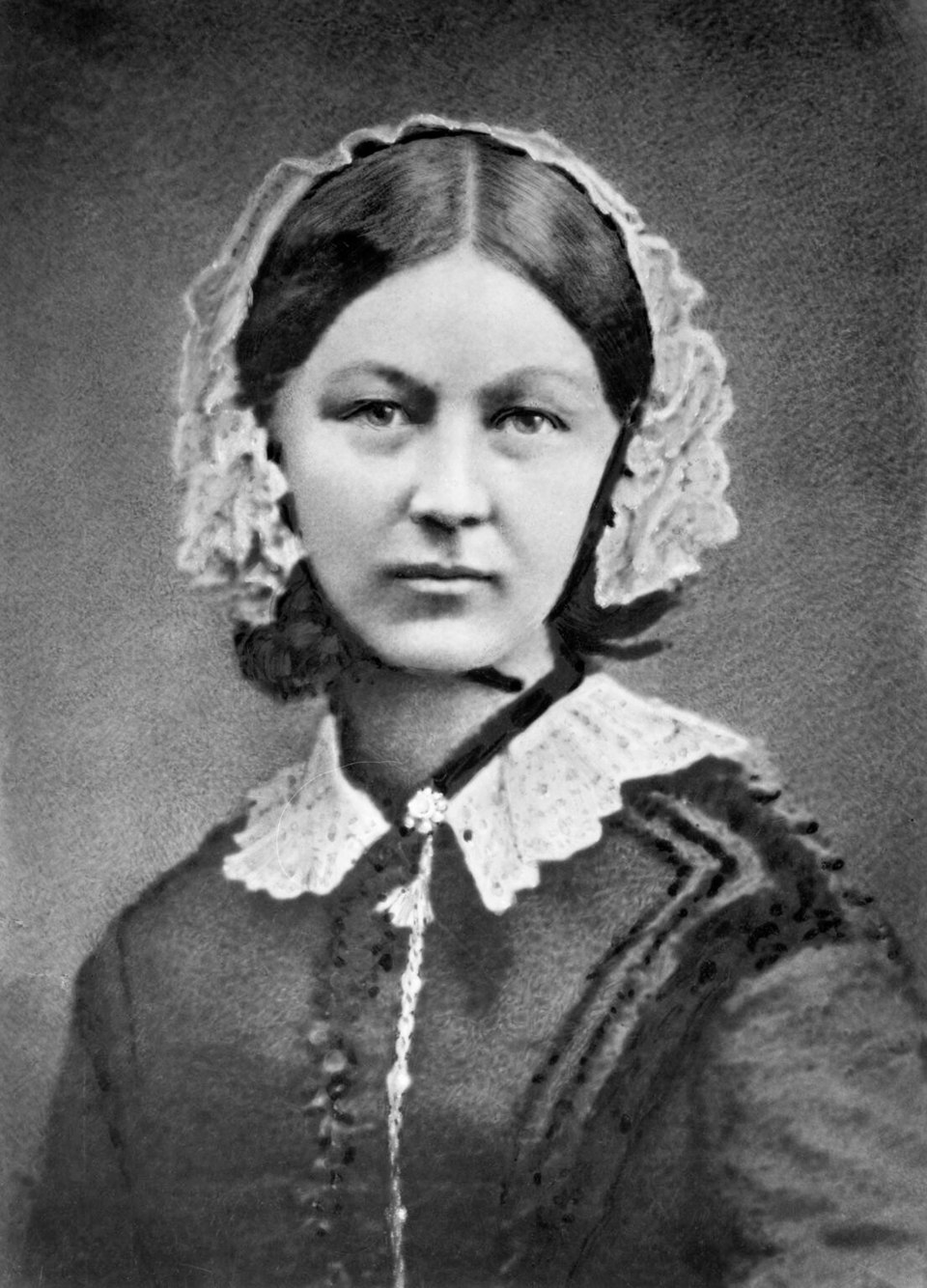
After war hospitals, strength came and went, and public fuss felt like a trap. Invitations stirred dread of collapse, so she shifted power to papers, statistics, and chosen allies. Influence moved from salons to correspondence and data tables that no one could ignore. The distance looked like retreat from the outside. It was strategy that safeguarded energy for reform. Anxiety shaped the channel while the message reshaped nursing, sanitation, and how states measured health itself.
Franz Kafka: Confrontation And Readings
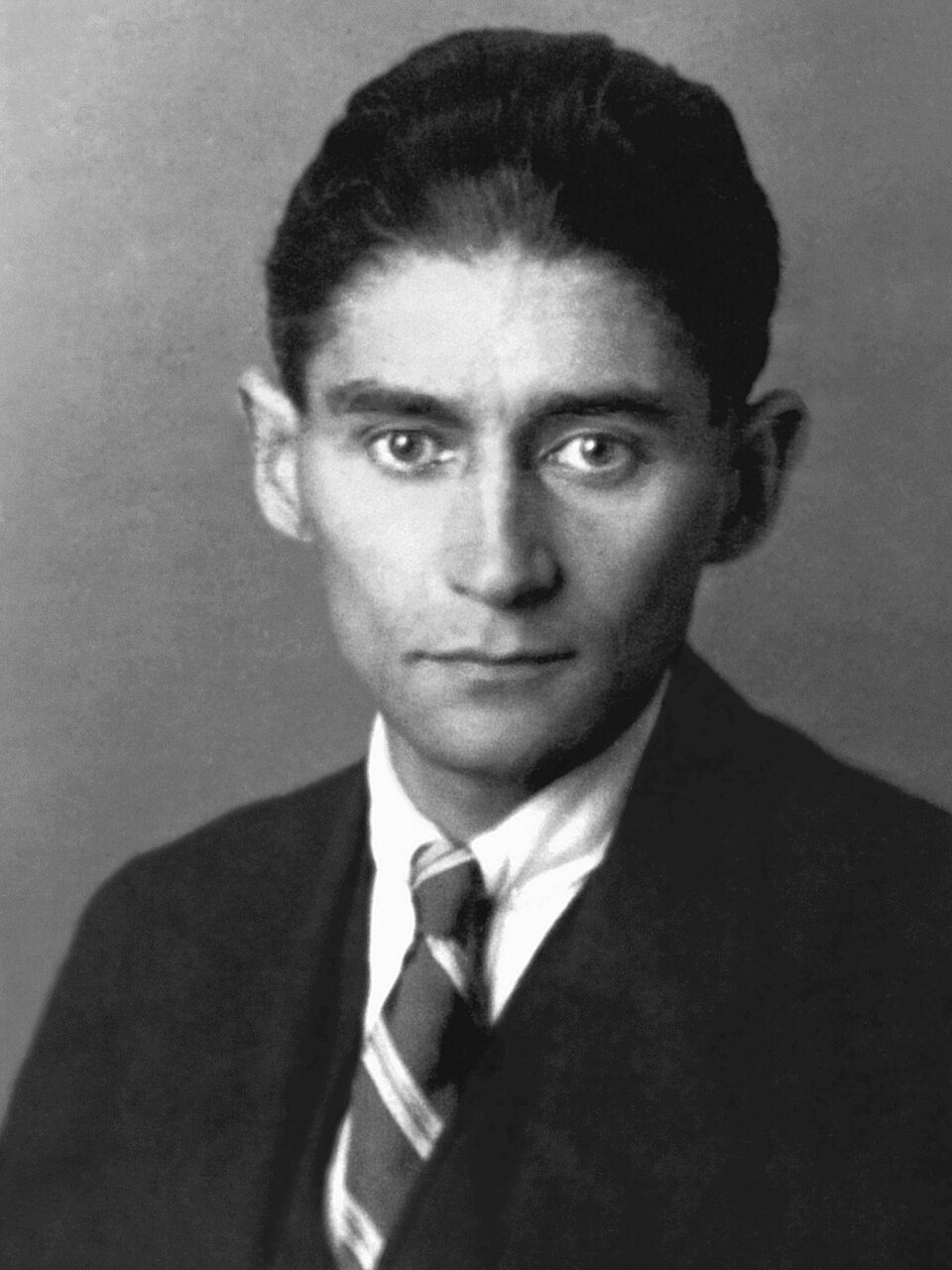
Office tasks he could master, but a raised voice or a public reading chilled him. He drafted to avoid quarrels and chose night hours and small circles where exactness did not shake. The nervous system that wrote razor clean sentences also braced at spotlights. He built workarounds that preserved nerve for the page. Letters stood in for fights he would not enter, and stories carried the authority he declined to perform. The art held steady while the man kept to shade.
Edgar Allan Poe: Premature Burial
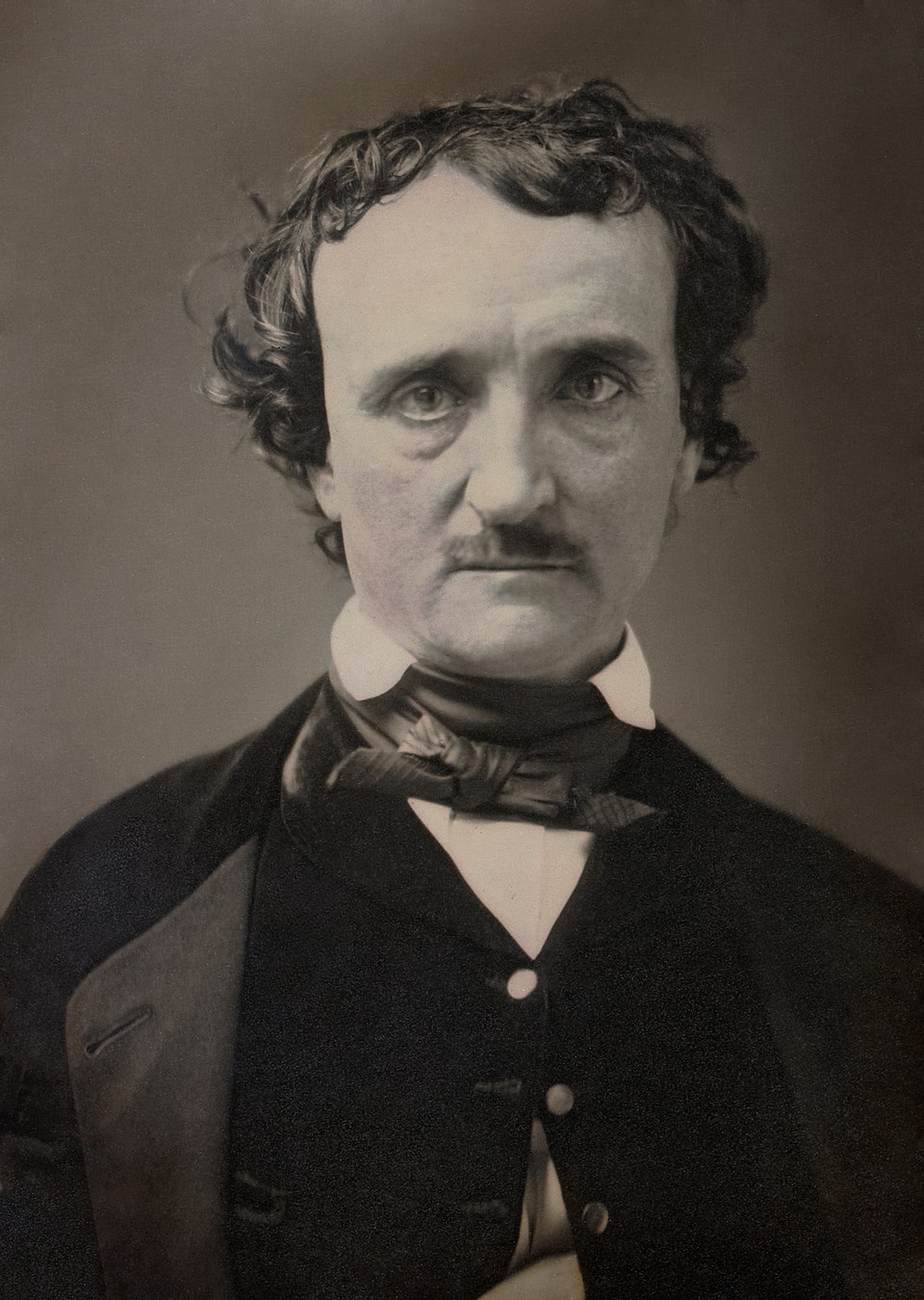
Nineteenth century medicine left gaps that a fierce imagination could not forgive. Essays and tales return to locks, coffins, and slim air, instruments built to test a terror that would not leave him. Whether the fear was clinical or cultural matters less than its hold. He argued with it by naming every hinge and fastener, letting readers feel the room shrink. The precision of the nightmare became the craft. The result still shortens breath on a quiet night.
